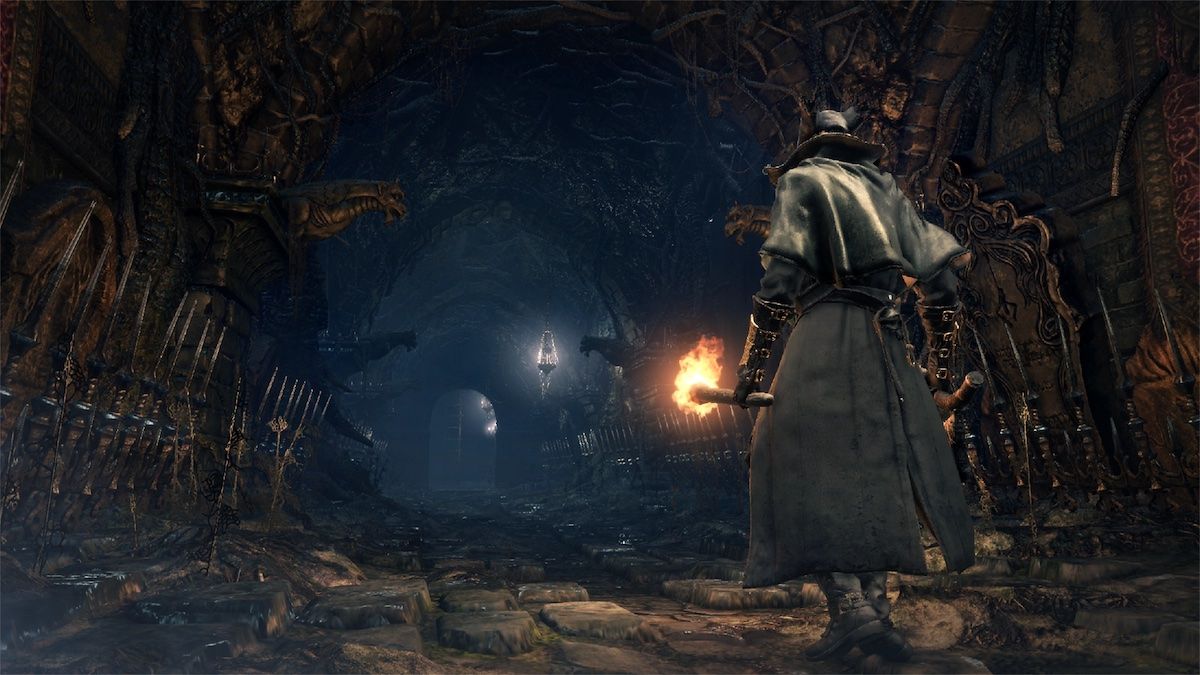Key Takeaways
Bad frame pacing makes games feel awful by introducing stutters and choppiness, even with good a frame rate, that break the immersion. To improve frame pacing, try enabling a frame cap or VSync, adjusting the game's settings, or waiting for a patch from the developer.
There you are, immersed in the latest gaming masterpiece, only to find that something isn't quite right. A jarring stutter or a jittery sensation that's detracting from the smooth, engaging experience you're used to. Say hello to bad frame pacing.
What Is Frame Pacing?
Frame pacing refers to the regularity of the time intervals between each frame displayed on your screen. In a perfect gaming world, each frame would be displayed at a consistent pace. For instance, a game running at 60 frames per second (FPS) should ideally show each frame every 16.67 milliseconds. Sadly, games don't always live up to this ideal, and that's where the issue lies.
When the intervals between frames become irregular, you're experiencing bad frame pacing. This inconsistency can lead to a sensation of choppiness, stuttering, or even discomfort while playing a game, regardless of whether the overall frame rate is high.
How Bad Frame Pacing Feels In Games
Bad frame pacing can make games feel downright terrible, especially in fast-paced or visually complex titles, where fluid motion is vital for immersion and enjoyable gameplay. A few telltale signs that you're grappling with bad frame pacing are:
- Screen stuttering: The game appears to pause or stutter momentarily, making it tricky to maintain smooth control of your character or the camera.
- Choppy animations: The fluidity of character and object animations is compromised, resulting in a less immersive and authentic experience.
What makes bad frame pacing so infuriating is that regular FPS counters look normal, yet the game feels as if it's stuttering. To detect bad frame pacing, you need to have something called a frame time graph. This will show you the internal between frames in milliseconds.
You can use software such as Riva Tuner Statistics Server to overlay the graph along with other more traditional frame rate meters while you play. This will tell you clearly if this is the issue or not.
How To Improve Frame Pacing
If you've pinpointed bad frame pacing as the source of your gaming troubles, you can take several simple measures to tackle the issue and restore the smooth, responsive gaming experience you deserve.
Enable a Frame Cap
By activating a frame cap, you can limit your game's maximum frame rate to a specific value, ideally in line with your monitor's refresh rate or a divisible fraction of it. If you have a VRR (Variable Refresh Rate) display you can set any arbitrary limit within your screens VRR window. That is, the FPS range VRR works in for that screen.
Often the built-in frame rate limiter you'll find in a game's menus doesn't work correctly and introduces stutter or fails to address it. You can usually use the software utility that came with your GPU's driver to set a per-game fps limit.
A good frame limiter set to a level that your computer's components can easily handle, ensures that frames don't get rendered helter-skelter.
Enable VSync
VSync (or vertical synchronization) is a feature that synchronizes your game's frame rate with your monitor's refresh rate. This can help minimize screen tearing and improve frame pacing, particularly in games boasting high frame rates. While VSync might sometimes introduce input lag, it remains a valuable tool for combating bad frame pacing.
If you don't have a VRR monitor and can't limit your frame rate using software, turning on VSync in a game's menus or in your GPU utility will limit your frame rate to the max frame rate of the monitor.
Turn Down The Game's Settings
If your system struggles to maintain consistent frame rates, consider dialing back the graphical settings in your game. Lowering the resolution, texture quality, or other settings can help your system achieve a steadier frame rate, improving frame pacing and an overall smoother experience.
Features like DLSS, FSR, XeSS, and game-specific dynamic resolution scaling can work well combined with a frame limiter.
Wait for a Patch
Sometimes, bad frame pacing is the result of subpar optimization on the game developer's end. If you've attempted the steps above and still find your game plagued by poor frame pacing, it might be worth checking for updates or contacting the developer to inquire about the issue. Often, a patch can work wonders in resolving frame pacing problems and making your game feel silky smooth once more.
Bad frame pacing can turn an otherwise fantastic game into a stuttering mess, but with a bit of understanding and a few simple fixes, you can reclaim the smooth, immersive gaming experience you deserve.

